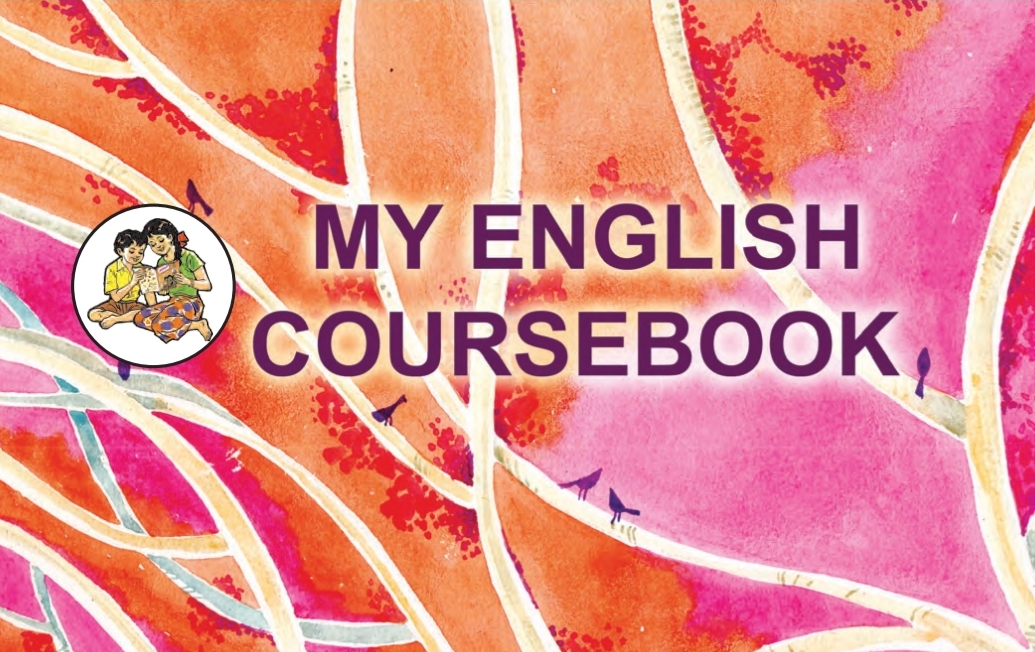Read the following passage and answer the following question.
Today, the World Heritage Committee is the main group responsible for establishing which sites will be listed as a UNESCO World Heritage Site. The Committee meets once a year and consists of representatives from 21 State Parties that are elected for six year terms by the World Heritage Center’s General Assembly. The State Parties are then responsible for identifying and nominating new sites within their territory to be considered for inclusion on the World Heritage list.BECOMING A WORLD HERITAGE SITE There are five steps in becoming a World Heritage Site, the first of which is for a country or State Party to take an inventory of its significant cultural and natural sites. This is called the Tentative List and it is important because nominations to the World Heritage List will not be considered unless the nominated site was first included on the Tentative List. Next, countries are then able to select sites from their Tentative Lists to be included on a Nomination File. The third step is a review of the Nomination File by two Advisory Bodies consisting of the International Council on Monuments and Sites and the World Conservation Union, who then make recommendations to the World Heritage Committee. The World Heritage Committee meets once a year to review these recommendations and decide which sites will be added to the World Heritage List. The final step in becoming a World Heritage Site is determining whether or not a nominated site meets at least one of ten selection criteria. If the site meets these criteria, it can then be inscribed on the World Heritage List. Once a site goes through this process and is chosen, it remains the property of the country on whose territory it sits, but it also becomes considered within the international community.TYPES OF WORLD HERITAGE SITES As of 2009, there are 890 World Heritage Sites that are located in 148 countries (map). 689 of these sites are cultural and include places like the Sydney Opera House in Australia and the Historic Center of Vienna in Austria. 176 are natural and feature such locations as the U.S.’s Yellowstone and Grand Canyon National Parks. 25 of the World Heritage Sites are considered mixed i.e. natural and cultural Peru’s Machu Picchu is one of these. Italy has the highest number of World Heritage Sites with 44 India has 36 (28 cultural, 7 natural and 1 mixed) World Heritage Sites. The World Heritage Committee has divided the world’s countries into five geographic zones which include (1) Africa, (2) Arab States, (3) Asia Pacific (including Australia and Oceania), (4) Europe and North America and (5) Latin America and the Caribbean.WORLD HERITAGE SITES IN DANGER Like many natural and historic cultural sites around the world, many World Heritage Sites are in danger of being destroyed or lost due to war, poaching, natural disasters like earthquakes, uncontrolled urbanization, heavy tourist traffic and environmental factors like air pollution and acid rain. World Heritage Sites that are in danger are inscribed on a separate List of World Heritage Sites in Danger which allows the World Heritage Committee to allocate resources from the World Heritage Fund to that site. In addition, different plans are put into place to protect and/or restore the site. If however, a site loses the characteristics which allowed for it to be originally included on the World Heritage List, the World Heritage Committee can choose to delete the site from the list. To learn more about World Heritage Sites, visit the World Heritage Centre’s website at whc.unesco.org.
World Heritage 10th Class English
Read the passage and answer the following question.
The committee once a year.
comes
joins
meets
decides
Consists of _ from all state parties.
respective
representatives
responsible
presentativs
They are elected for_____ terms by the world heritage center’s general assembly.
five years
four years
seven years
six years
The state parties are then responsible for _ and nominating new sites.
modifying
mentioning
identifying
understanding
Their territory to be for conclusion on the world heritage it.
considered
taken
mentioned
maintained
There are five steps in _ a world heritage sites
making
describing
becoming
mentioning
The first of which is for a country or state to take on of its significant cultural and natural sites
union
importantly
advisory
inventory
This is called the _ list.
inventory
tantative
nominative
advisory
Nomination to the world heritage will not be considered.
file
book
list
country
Nominated site what first included on the tentative list.
mentioned
Inscribed
advised
included
Countries are then able to sites from their tentative lists.
take
select
review
include
The third step is a _ of the nomination file.
open
close
include
review
Two Advisory bodies _ of the international council of monuments and sites. select Choose consisting advise Who then make _ to the world Heritage Committee..
criteria
territory
inventory
recommendations
The World Heritage Committee once a year.
comes
meets
adds
inscribes
And decide which sites will be to the world heritage site.
taken
nominated
reviewed
added
Once a Site goes through this _ and is choosen.
2 points
criteria
list
process
step
It remains the of the country.
2 points
criteria
property
Community
place
It also becomes _ within the international community.
2 points
selected
reviewed
nominated
considered
As of 2009 , there are _ World Heritage Sites.
2 points
148
689
890
176



